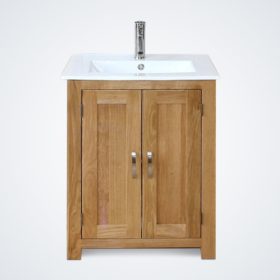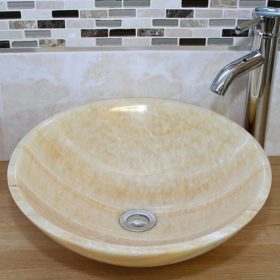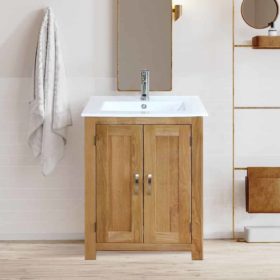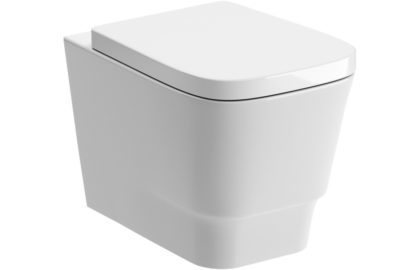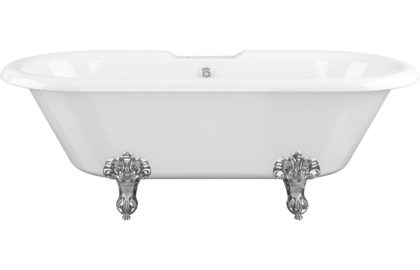A Guide to Bathroom Vanities
Bathroom Vanities 101
Table of Contents
- What is a Bathroom Vanity?
- Why is a Vanity important?
- Is It Hard to Install a Bathroom Vanity?
- What are the types of Vanity Units?
- How do I choose the right type of vanity?
- What Materials Should my Vanity be Made From?
- How much space do I need between my toilet and my vanity?
- How do you fit a Vanity Unit to a Basin/How do you install a Vanity Unit?
- Summary
Renovating a bathroom is a goal of many when they first buy, or have lived in their house for a few years, and doing so is definitely a solid move in terms of increasing your properties appearance and subsequent value. However, saying you want to renovate and envision exactly what you will remove and what will replace it, and actually following through with the subsequent building work are two different beasts entirely. Among the practicalities of carrying out the work, choosing what you want to replace or include and properly installing it is essential to have a solid idea of how to progress with the work moving forward.
Fixtures and fittings make up the bulk of most bathrooms and are generally otherwise a fairly neutral space. Most will include at least a toilet, bath or shower unit and a bathroom vanity, and while the salespeople you source your units and other supplies from should be able to answer any preliminary questions you have, they often tend to put things in slightly hard to understand terms for your average layman. So, we have put together this quick Q+A regarding the most frequently asked questions when choosing, ordering and installing your new bathrooms Vanity.
What is a Bathroom Vanity?
Almost everybody will use the colloquial name that we have come to know a particular fixture or fitting by, a toilet is a toilet, a sink is a sink and so on. However, part of any sales process is to demonstrate your product knowledge to the customer and one way to do this is to use industry specific terminology in order to show your potential customers that you know your stuff. Calling a tap is all well and good however if you say the word tap to a professional contractor a thousand different variations will go through his head and your instruction hasn’t left him any clearer as to what exactly you want in your bathroom. Do you want a mono mixer tap or a double sized faucet? It’s this disparity which can cause no end of confusion.
It’s no surprise then that one of the most frequently asked questions when starting on a new renovation will be “What on earth is a vanity?”. The answer to that is not all as bizarre and foreign to your bathroom as you may think, this isn’t some trendy new design quirk, a vanity is simply the name given to the unit which is home to your sink and other related items. Essentially any kind of design of a unit which holds a sink, regardless of how contemporary or traditional the design, is known as a vanity and now that you have had that simple explanation I’m sure you can visualize 100 different designs of them that you have seen in your life.
Why is a Vanity Important?
Well aside from the obvious reason of elevating your sink away from the floor, a vanity also assists with your efforts to hide the ugly and unsightly plumbing leading to and away from the sink. A vanity also helps you to turn your standard toilet and bath combo in a fully cohesive design to fit the style and overall aesthetic of not just the bathroom, but the house as a whole. On top of which your vanity adds extra storage space to help you organize and streamline the items in your bathroom as well as just being another focal piece in a room that is well known for being devoid of such prominent features. As discussed earlier, with such a wide variety of styles, sizes and shapes you can find a vanity unit to fit pretty much any space regardless of your bathroom’s dimensions and design.
Of course, unless you are planning on having a freestanding sink then this should be one of the first places that you start when choosing the matching fixtures and fittings in order to give your bathroom that oh so popular cohesive and streamlined look. Of course, not only are there different aesthetic designs to choose from but there are also some practical considerations and choices to make when it comes to the type of vanity which you choose for your bathroom space.
Is It Hard to Install a Bathroom Vanity?
Like any renovation work, this is not a one size fits all question, while carrying out any construction work takes a degree of knowledge and physical ability, it is far from the most daunting of projects to undertake in the scheme of things, however, it is always recommended that if you aren’t confident about carrying out the work yourself to seek professional advice.
What are the types of Vanity Units?
Bathroom vanities are available in all different shapes, sizes and designs and each one of them boast different features and functionalities too. This means you should base your choice on not just aesthetics alone, but rather what additional features of the individual vanity will add to your bathroom.
Here is a list of some of the different kinds of vanity worth considering when redesigning your bathroom space:
1. Vanity Cabinets

Vanity Cabinets are rather self-explanatory, in that it functions as a regular vanity would but it also has built-in cabinets in order to give you more storage space for your buck. These are by far the most popular choice of vanity for that very reason, people always seem to wish they had more storage space in their bathrooms. Nevertheless, a Vanity Cabinet would be a solid, if slightly conservative, choice to make. Available in a vast array of sizes, sink sizes and dual sink models, they are easily able to compliment any space they are added to both in design and practicality.
2. Round Bathroom Vanities
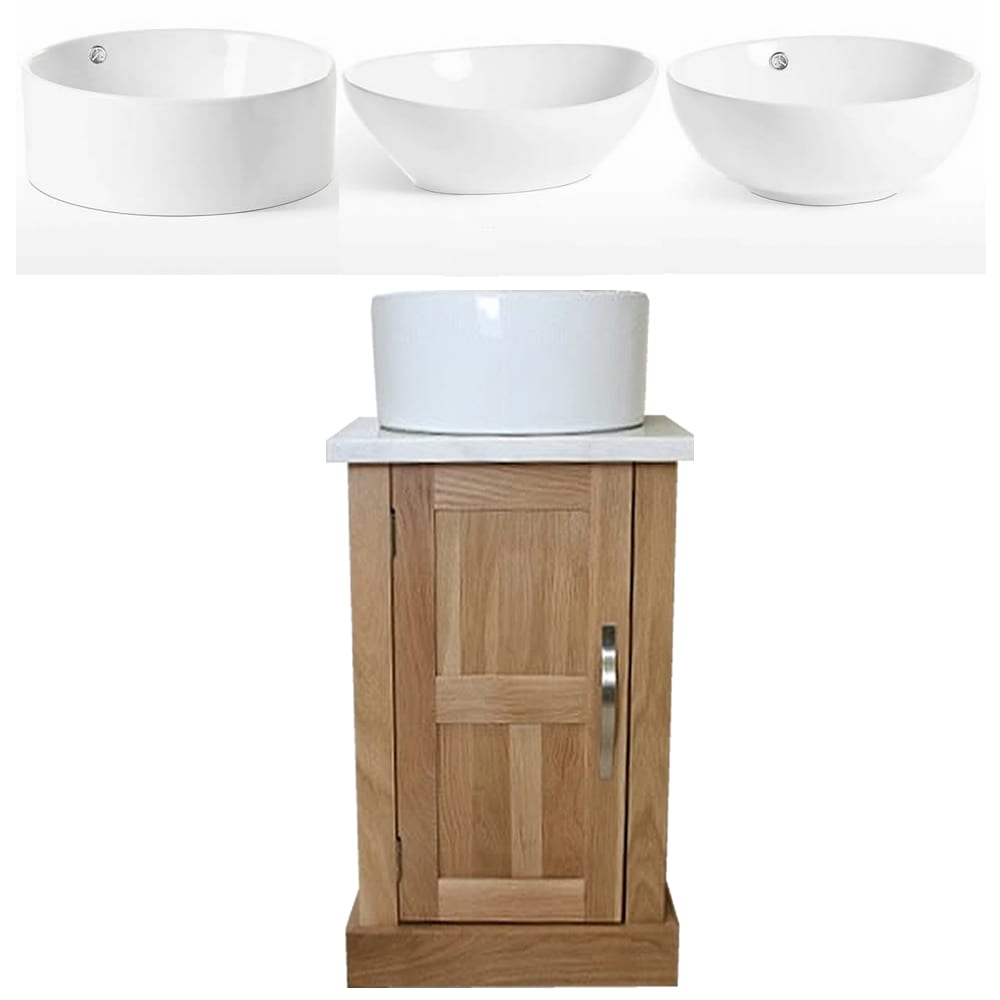
For those with serious space restrictions or those that are looking for an unobstructive or minimal design in their bathroom would do well to consider a Round Bathroom Vanity. These are generally designed to be not much bigger than the basin unit meaning that theoretically if you can fit your chosen basin in the intended space then the vanity will also fit. These can also be a good option for those looking to do the construction work themselves and want to choose a relatively straightforward unit to install, due to their slight design Round Bathroom Vanities are great for this,
3. Cloakroom Vanity Units
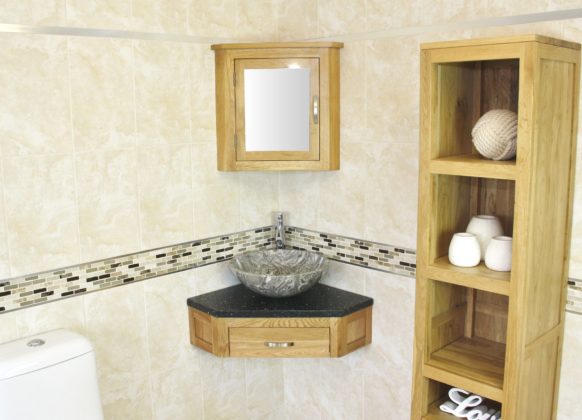
These kinds of vanity units are known as “Cloakroom Vanities” because they are designed for extremely small (hence the cloakroom part) or otherwise dimensionally challenging spaces in which a vanity is needed. They are generally small and streamlined in order to make them a viable option in these tight spaces. These units also work well in ultra sleek and minimalist design bathrooms where big, clunky units are a no-no. Many Cloakroom Vanities come with built in cabinets (albeit naturally smaller than something like a Vanity Cabinet) in order to balance their minimalist and space saving design with some level of practicality.
4. Double Unit Vanities
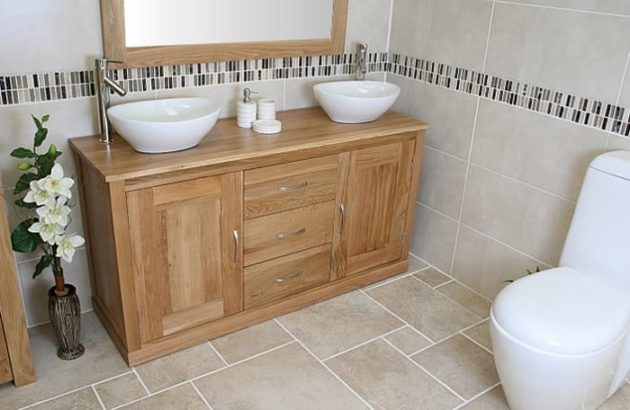
Double Unit Vanities are called such as rather than their Single Unit Vanity cousins, they contain an outlet for two sink basins as opposed to just one. They also contain a “double unit” of cabinets at the bottom which will significantly increase your bathrooms storage capacity. Now, when weighing up whether you need a Double Unit will all depend on a number of factors. The first being whether you have the necessary space required for the unit itself. Just because two sinks would theoretically fit onto a surface in that space doesn’t necessarily mean that you have enough room for a vanity that will fit them. The second is water pressure in your bathroom, naturally having double the number of taps will require some level of plumbing alterations in order to have a minimal impact over your bathroom’s water pressure. And a third often forgotten factor to consider is whether you actually need a second sink in the first place. Most double units are seen as giving a “his & her” feature which is something that is great to ponder.
5. Square Vanities
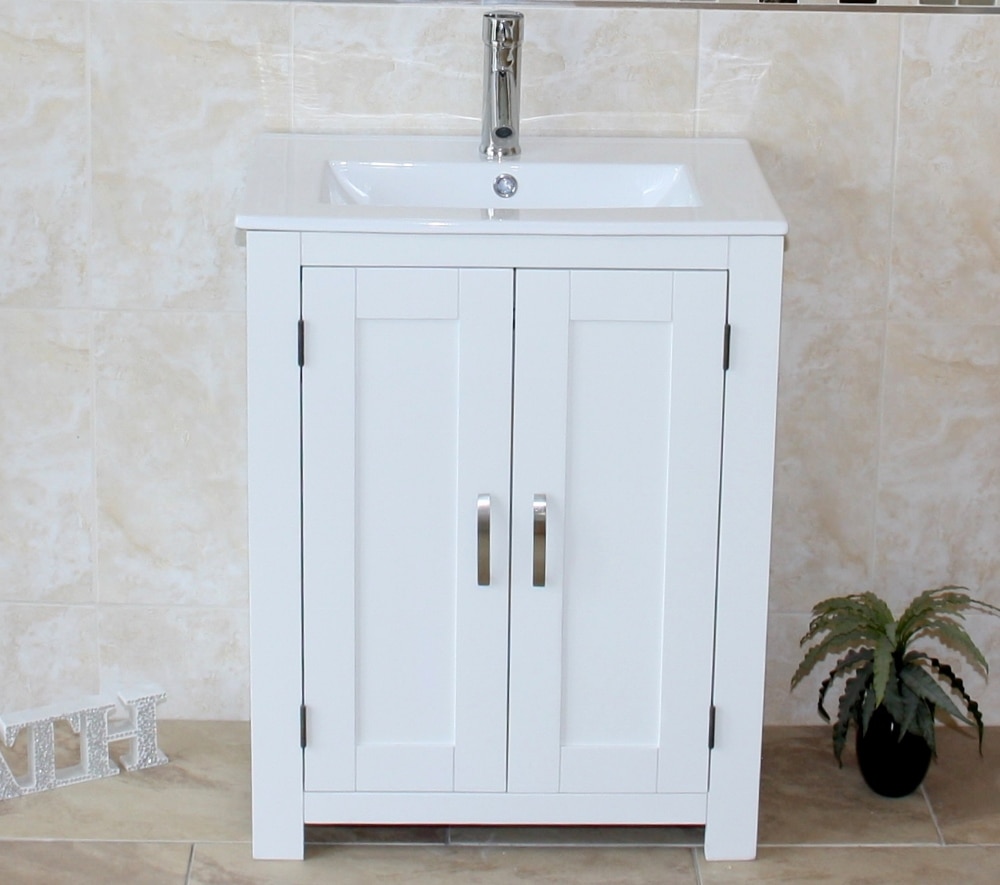
Square vanities, like round vanities, are a great option when you want storage space but do not have too much space. While being larger than their round counterparts they also on average offer more storage space and a greater internal volume and are a solid middle ground between a round and full sized vanity.
6. Corner Vanities
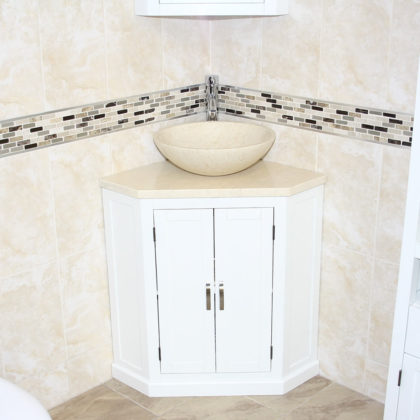
Another entry on this list in which the clue is very much in the name, Corner Vanities are designed and modelled to fit into, yep, corners! This can be a practical decision for a whole host or reasons. If you have a particularly small bathroom, or one with irregular wall layout, none of the walls may be suitable or large enough for you to have a vanity against. In this case sacrificing one of the corners of your bathroom may be a wiser and far more functional decision to make rather than trying to force a vanity somewhere where it just will not fit. This could be for practical or aesthetic reasons, but the point remains that corner vanities remain a solid option for those with limited space or for those looking to create an ultra-minimalist space.
7. Free Standing Vanity

A Free-Standing Vanity is one which generally speaking will sit independently from the floor up in order to create a smaller and more contained design. They stand vertically and can be a really versatile choice, sometimes containing cabinet space, they also sometimes contain shelving space for your bathroom cleaning products, meaning you will have to make up for the lost space potential elsewhere. The term “free-standing” is a fairly catch-all phrase which can refer to a wide variety of sizes, shapes and finishes.
How do I choose the right type of vanity?
Ultimately this will come down to three key factors. space, function and aesthetics. While these will be the key questions to ask yourself with most of the fittings in your bathroom, it’s especially important with vanities as after the essential items like the bath, shower and toilet, a vanity is a slightly less essential item. After all it’s no use compromising on the quality of your overall bathroom just because you have your heart set on one particular vanity which may not meet the requirements of your space as much as another might.
What Materials Should my Vanity be Made From?
Bathroom Vanities as we have discussed come in all different shapes, sizes and designs and they also come in a variety of different materials and finishes, from natural and traditional hardwood and granite finished units, to minimalist and modern chrome and porcelain vanities, this variety of styles makes them an extremely versatile fixture to have. Whatever material, colour or style you have decided for your bathroom space you are pretty much guaranteed to be able to find the perfect vanity for it. When choosing what materials you want your vanity to be made from there are a few factors to consider.
Firstly, naturally aesthetics will play a big part in your decision, but also consider things like transportation and installation. It’s all well and good to order a huge double unit hardwood and granite top vanity but if you are carrying this work out yourself the practicality of moving and installing this as a one man job can put things into perspective. Also consider that on the other end of the spectrum that cheaper materials may also come with the side effect of having a shorter lifespan and not being as durable overall.
How much space do I need between my toilet and my vanity?
This is an often overlooked question and its absence has been the downfall of many a bathroom renovation, planning out the exact layout and making sure that everything in the bathroom not only looks good but also leaves enough space to function as required. Generally speaking, the vanity and sink will need to be at least 21cm’s from the front of the toilet, however an optimal distance of around 30cm is recommended. After all you don’t exactly want to have to manoeuvre yourself on and off the toilet every time you need to go. If in doubt it is always best to consult either your supplier or contractor (if you are working with one) to ensure your choices are practical for the space that you have.
How do you fit a Vanity Unit to a Basin/How do you install a Vanity Unit?
Now while you may not be undertaking the practical steps of installing your basin, it’s important to understand exactly how the work is carried out and what steps, materials and tools will be required to effectively complete the job. This means that you can schedule and purchase all of this necessary equipment and work it into your timeline for the rest of the bathroom work you are completing (if any). It’s important to also understand what will be required of you on delivery day and exactly how many people this task will require so you can plan appropriately and leave as few variables as possible.
Ultimately if you are having the work carried out on your behalf it is also important to know this so you can understand exactly what you are being charged for, evaluate whether the quote you have received for this work is reasonable given the amount of time and effort involved and to organize with your contractor the best way to carry out the work with as little disruption to your day to day life as possible. Keeping a good line of communication with your contractor is absolutely essential as doing so will not only result in them having a better understanding of your end goal, but will also inevitably make their job far easier and your lives far more bearable while the potentially disruptive aspects of the renovation are completed. Ensure your contractor is either a qualified plumber or that you are consulting on any potential waterworks changes with a qualified plumber in order to ensure that your new bathroom is not only stable and wont flood, but also that it complies with any necessary building regulations which could otherwise cause a problem with any insurance, and even possible criminal charges, if the worst did happen in the future.
1. How to remove the old basin
In an ideal world the removal of the old vanity and sink unit will need to be done prior to the delivery date of the new one in order to make sure the transition can be a streamlined and hassle-free procedure. While you may think this is as straightforward as taking to the old unit with whatever heavy objects may be lying around, however you need to take care that no damage is done to anything important during the removal.
The first step will be ensuring the mains water connection is switched off by the stopcock on the mains supply and make sure that the hot and cold water outlets are removed from the old taps. Then remove the screws to the basin from your old vanity unit (if you are replacing a pre existing unit) and carefully remove the caulking around the basin with a craft knife or other sharp implement, taking care not to hurt yourself, and this in turn should make it possible to remove the basin and unit from the wall.
2. How to Prepare for Delivery
As with most of the fixtures and fittings in your new bathroom, delivery or collection is the first stage of the journey. Make sure that you give your supplier detailed and accurate delivery instructions including any helpful landmarks or hints if your property is isolated or difficult to locate. The next step is to ensure that your delivery driver knows exactly what part of the house the unit is being delivered to. Is it upstairs or downstairs? A flat or a house? How many flights of stairs are there between the road and the final destination? These are all things that your delivery drivers need in order to effectively plan delivering and moving your new vanity to its intended destination.
Once your delivery drivers know exactly what they are up against, it’s important to make sure the path between their vehicle and the final destination in your house is clear and free from any potential cramping or clutter in order to allow them to safely and efficiently move the unit through your home.
3. How to Position Your New Vanity Unit
Firstly, in order to ensure the new unit is placed correctly it’s useful to measure up the wall that the unit will be placed against and mark the wall accordingly with a pencil. This will give you an exact idea of how the unit will fit into the bathroom and a visual aid when moving it into place. It’s important to be aware of the fact that you may need to drill new holes or expand pre-existing holes into the back of the unit in order to fit the pipes so ensure you have a fully charged, good quality drill on standby. Ensure any drill holes are sanded smooth and then proceed to move the unit into place making sure that the fitment is flush against the wall and not protruding in any way.
4. How to Fit the New Vanity Unit Into Place
Now that you have put everything into place it’s time to fit and secure everything into place permanently. Take the time to make sure that all of the pipes match up flush with your predrilled holes and rectify that if they are not, locate the studs within the walls and make sure that the unit is screwed into these. When you are happy with all of this and the storage unit has been fitted into place you will need to place the sink into place, making sure to attach the mixer and waste pipes into place before doing this in order to make life easier for yourself.
5. How to Seal and Test the Sink
Once everything is fitted and secured it’s time to apply caulking to seal the unit. Once you are happy that the unit is sealed and properly secured it’s time to test the plumbing and the sink, this is done by allowing the mixer tap to run for several minutes uninterrupted make sure that the water is flowing uninterrupted through the taps and keep an eye around all of the pipework that there are no leaks present. Assuming nothing goes wrong then give yourself a pat on the back on the back on a job well done!
Summary
Ultimately your choice in vanity will be based on a myriad of different factors, what kind of materials you are fond of, the overall style of your bathroom space and of course budget and how much you are looking to spend. It’s easy to get over excited and envision things that may be completely out of your budget or even just plain impractical to install. Our recommendation would be that before carrying out any work or buying any units or fixtures, consult with either a professional bathroom designer or an experienced and qualified contractor who can properly advise and plan the work you will need to carry out.
As much as a bathroom renovation can add value to your house it’s worth keeping in mind that having a set budget from the outset will help you make sensible and realistic plans which can then be easily followed through with. Always try to use the principle of Occam’s razor (a problem-solving principle that “entities should not be multiplied without necessity.”) to establish whether you actually really need a particular vanity or if you have become enamoured with the idea of having it.
Apart from that in conclusion our final piece of advice would be to always make sure that you work with reliable and experience contractors, make sure that they hold all the necessary licences and registrations to professional bodies before agreeing to any work and always make sure to get a variety of quotes in order to compare prices and companies. You can check up on tradesman here. Ultimately no matter how reasonable the quote you should always try to see pictures and examples of their previous work. Any reluctance or inability to do this should always be treated with an air of suspicion and in this case, it would probably be better to choose a different company.
Don’t be coerced or pressured into accepting a quote and agreeing to work then and there, always take time to properly consider the quote and any signs of a so called “hard sell” should also not be tolerated or capitulated to.
If this guide has piqued your interest in upgrading your bathroom you can browse our selection of popular products at Bathrooms & More store below.
-
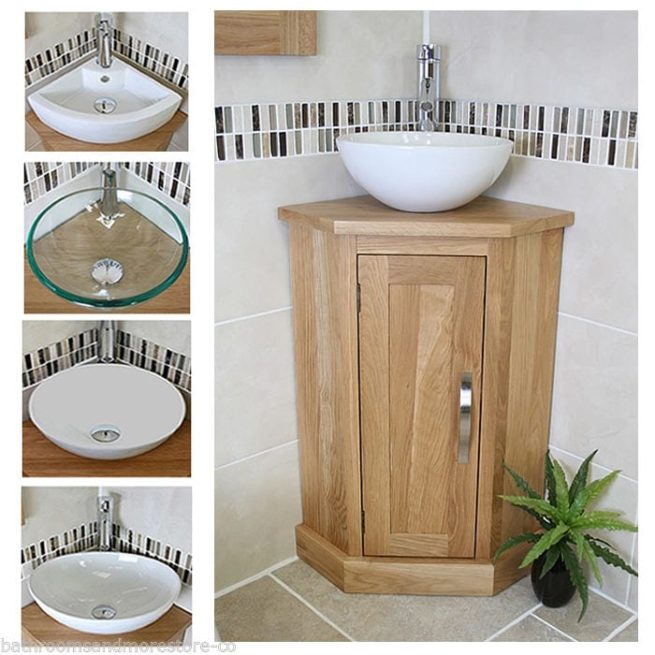 Oak Top Corner Unit Basin Choice 501CBC£299.00
Oak Top Corner Unit Basin Choice 501CBC£299.00 -
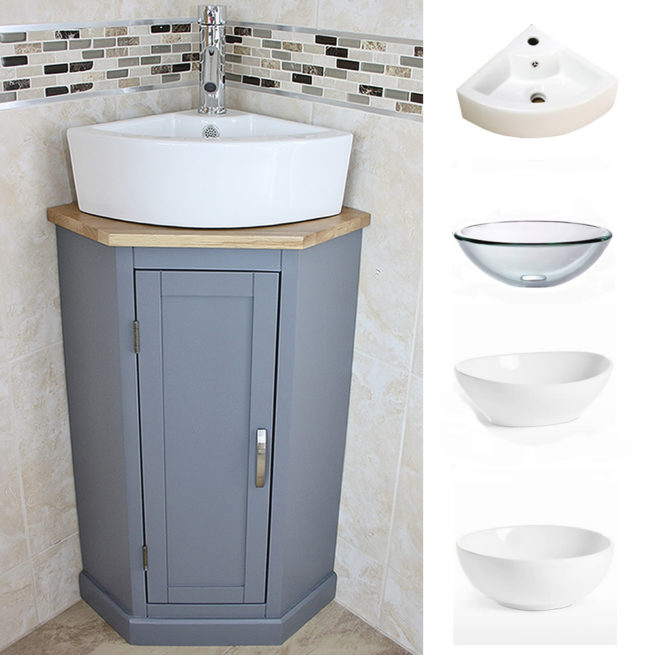 Grey Painted | Bathroom Corner Compact Vanity Unit | Ceramic & Glass Basin 501GCBC£299.00
Grey Painted | Bathroom Corner Compact Vanity Unit | Ceramic & Glass Basin 501GCBC£299.00 -
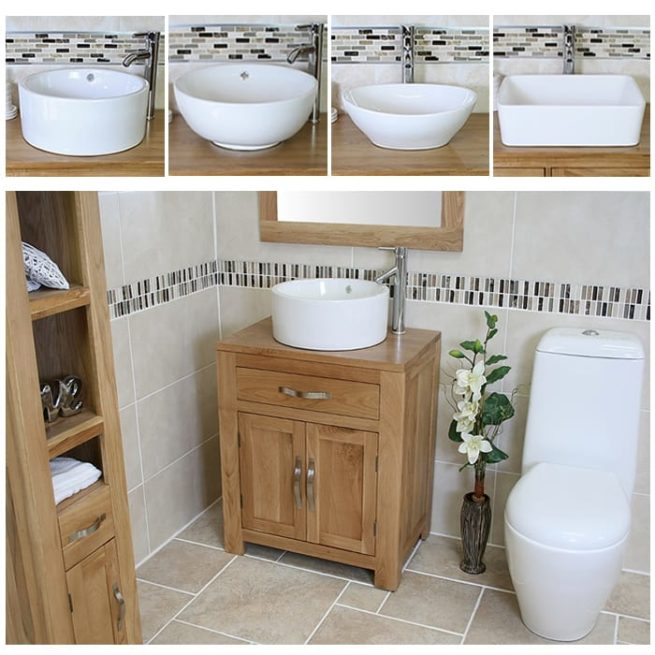 Oak Unit & Ceramic Basin Choice 502CBC£479.00
Oak Unit & Ceramic Basin Choice 502CBC£479.00 -
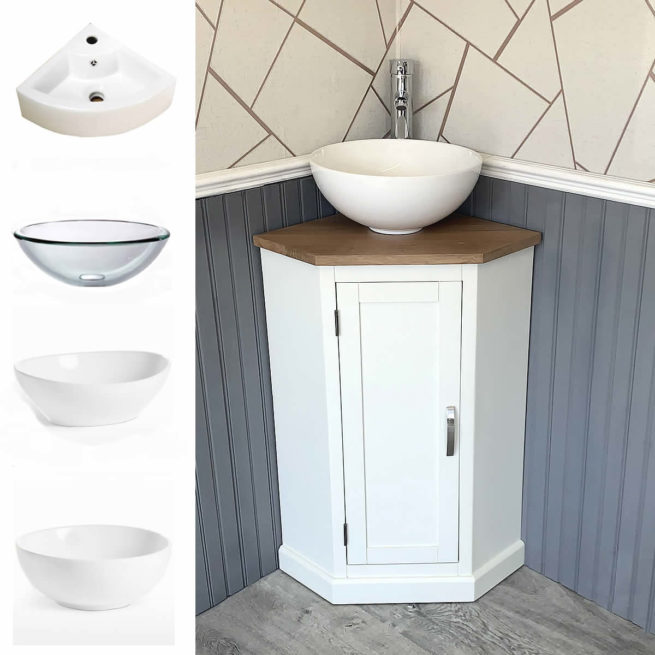 Painted White | Oak Top Painted Corner Unit Basin Choice 501PCBC£299.00
Painted White | Oak Top Painted Corner Unit Basin Choice 501PCBC£299.00 -
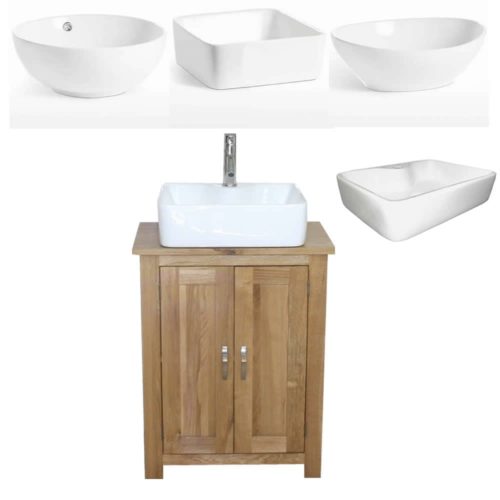 Oak Top Unit Ceramic Basin Choice 310CBC£449.00
Oak Top Unit Ceramic Basin Choice 310CBC£449.00 -
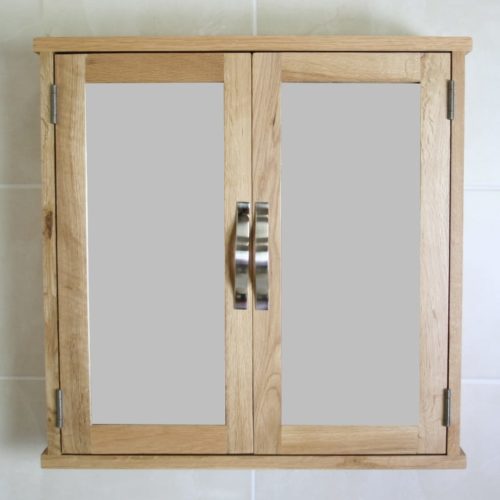 Solid Oak Wall Mounted Bathroom Cabinet 352£170.00
Solid Oak Wall Mounted Bathroom Cabinet 352£170.00
